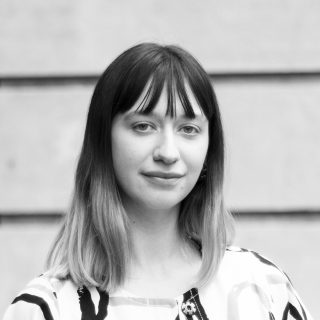
Letti K-Ewing
Letti K-Ewing is a writer and critic. Her work has appeared in The Adelaide Review, CityMag and Fest.
lettikewing.com
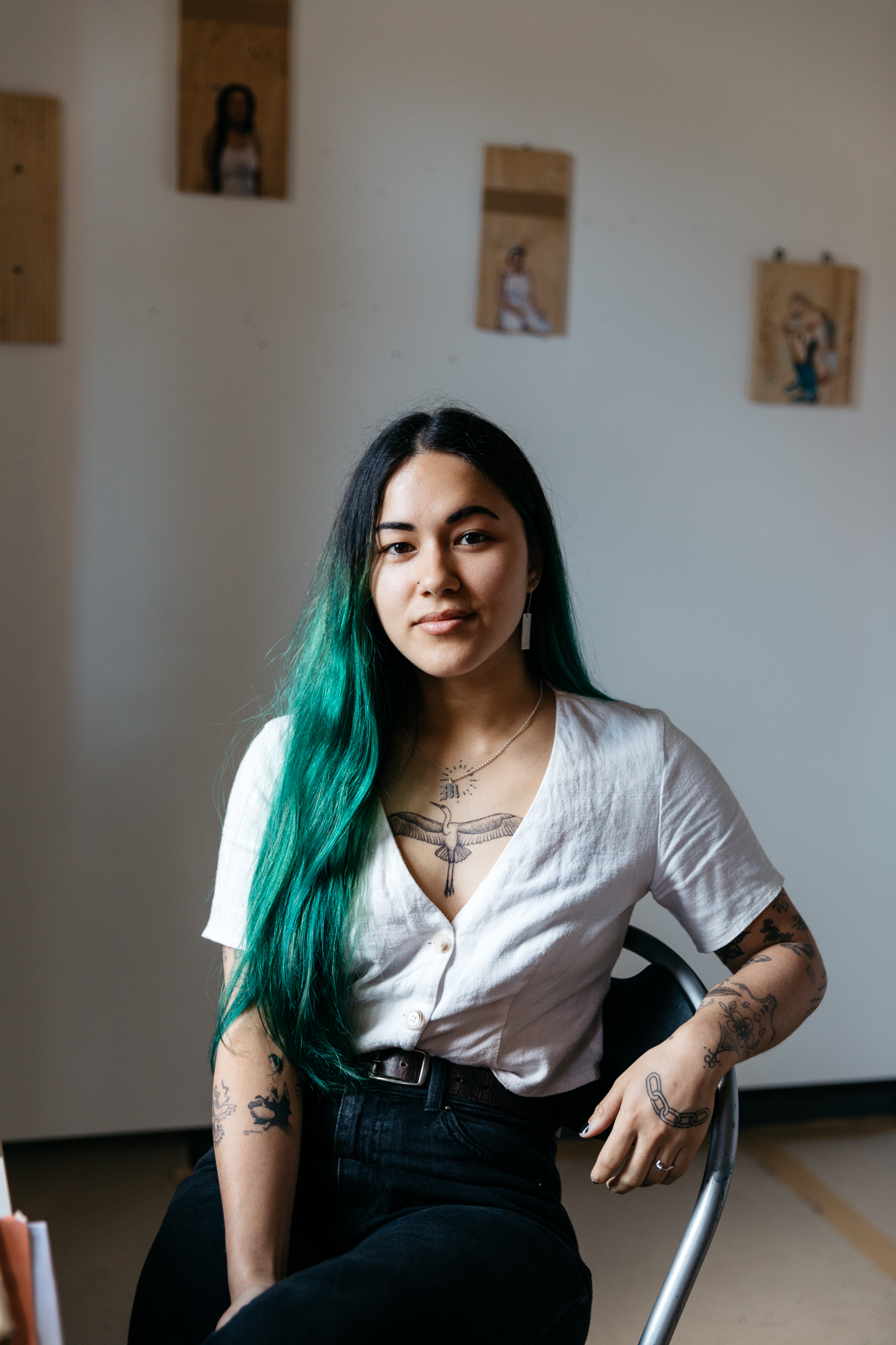
Working under the alias Poko Ono, artist Chiranjika Grasby combines the classical influences of her art history studies with the once-marginalised practice of stick-and-poke tattooing.
“A friend of mine was doing them out of her bedroom with sewing needles stuck to pencils and craft ink,” Grasby tells The Adelaide Review. “That’s something I do not recommend – but that’s all we could access as 16-year-olds.”
While acknowledging the risks of home-job tattoo practices, Grasby credits her burgeoning career as a stick-and-poke tattoo artist to an online culture that celebrates such DIY expression. Platforms like Tumblr and Instagram have helped legitimise previously devalued practices; for millennials and Generation Z, tattoos no longer carry the stigma of criminality or firm ties to punk or underground subcultures of decades past.
In particular, taboos around hand-poked tattooing have been replaced by a deeper understanding of its place as an ancient technique with variations found across many cultures.
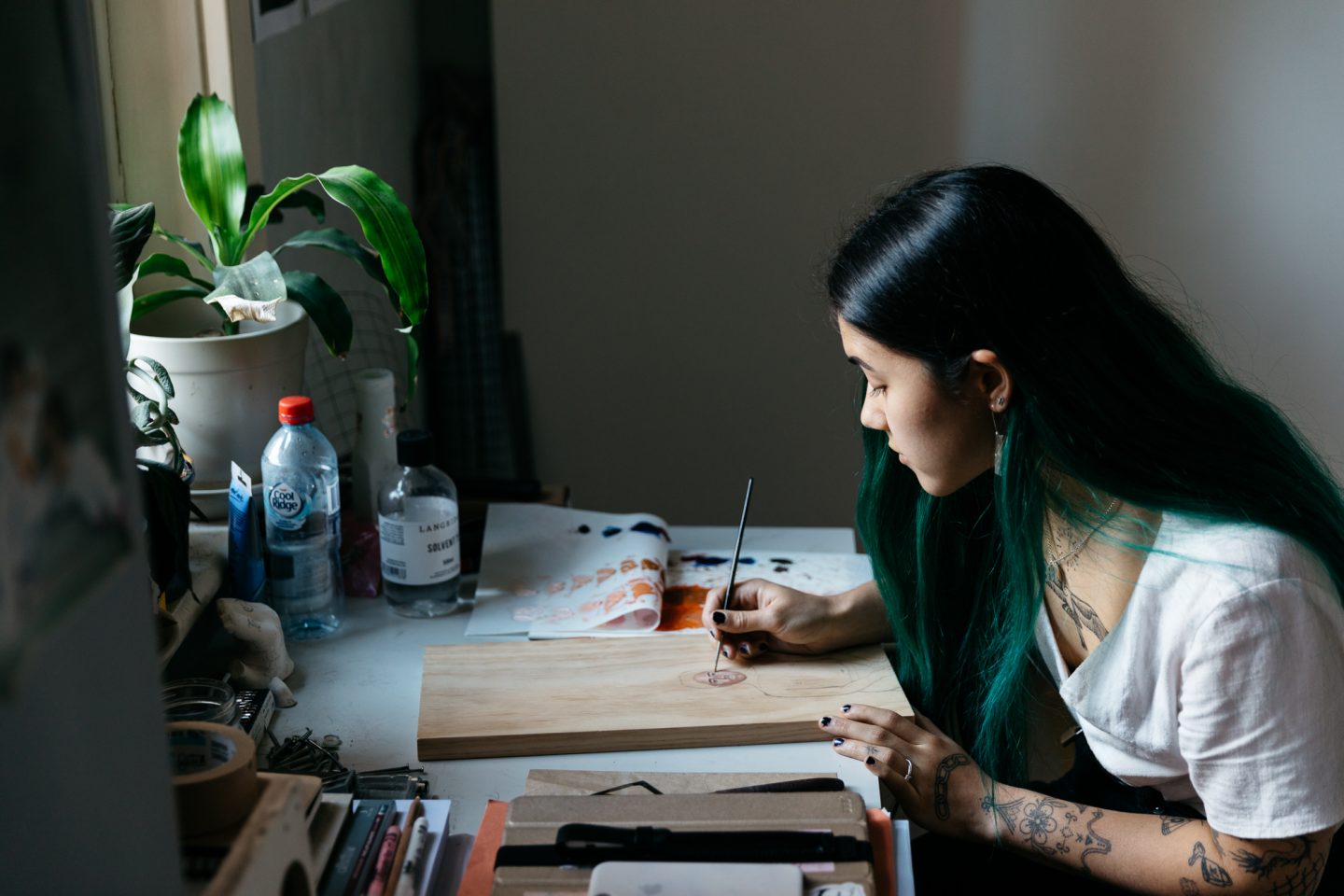
“I started researching online more about stick-and-pokes and realised it’s an actual form of tattooing,” she says. “And I was learning about the cultures behind it and finding out about intersections of my own cultures that had been doing it, and more of its historical significance in the world of tattooing.”
From those humbler beginnings Grasby now splits her time between tattoo work at St Peters studio Wolf & Wren and her final year studies at Adelaide Central School of Art, while also participating in Carclew’s Emerging Curator Program.
A glance at Grasby’s @poko_ono Instagram handle – which currently attracts over 13,000 followers – reveals a growing portfolio that mixes Botticelli-inspired renaissance nudes with pop culture references and Queer subtexts. Think Cherubic angels clad in balaclavas, or 90s actress Rose McGowan interpreted as a divine muse from the tarot.
“The aesthetic of these beautifully painted, idealised bodies is so visually appealing to me,” she says. “I can’t recreate so many of those things in my work because I don’t use colour, so this is my way of bringing this ‘art-world language’ to what a lot of people consider to be a low-brow element of the art world.”
Hand-poking a work of art onto someone’s skin is a lengthy and arduous process, but despite opportunities to learn how to work with a tattoo gun, Grasby prefers this older method. “I suppose I had in the back of my mind, ‘oh, I’m still going to have to get to a machine apprenticeship one day’, but after turning 18 and trying a machine for the first time, suddenly that idea was gone.
“I didn’t have as much control and I didn’t feel connected to what I was doing. It was like a disconnect between what I was doing and the work of art that was being created. From that moment I was like, ‘no more ideas to do with machine tattooing, poking is what I’m sticking with and this is what I actually genuinely enjoy’.”
Grasby takes the responsibility of her growing online platform seriously. In addition to sharing her latest designs, her Instagram feed is a platform for sharing discourse around LGBTIQ+ politics, racism, and the need for safe spaces within the tattoo community. Her activism is in no way incidental; with such a large, and often young audience, Grasby sees this engagement with social issues as imperative.
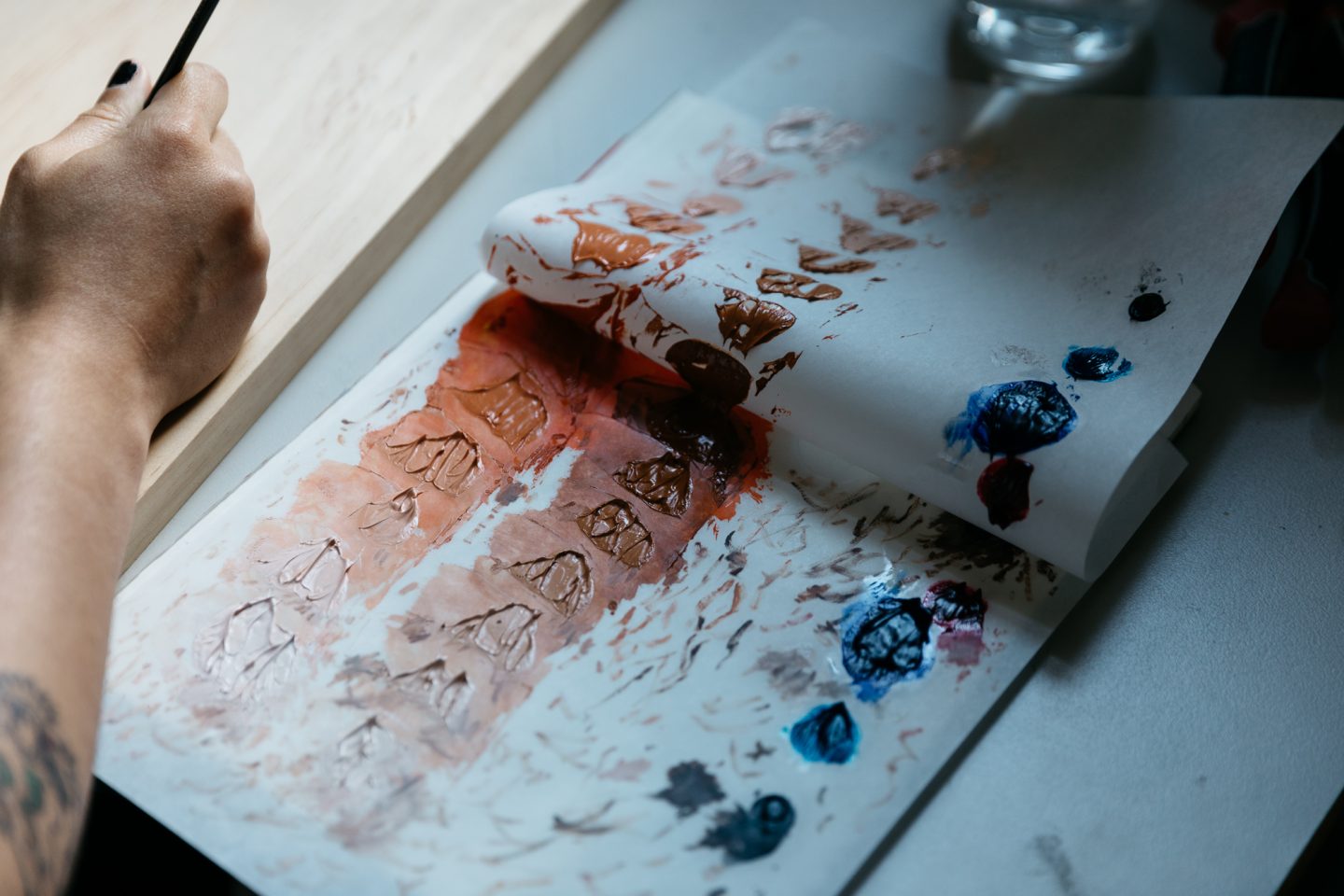
“I’m someone who isn’t always big on attending big protests and events because I feel like the crowd scenarios and the way those events are held can sometimes make me feel really stressed and anxious – Instagram is kind of the only place I can do my protest or my activism.
“And if anything, I can reach more people online… for whatever reason, whether that’s limited access to information or the time they have, not everyone can be researching these things,” she says.
The work of a tattoo artist is inherently intimate and physical, and Grasby is particularly vocal about putting client safety, bodily autonomy and respect at the forefront of tattooing. Her online dialogue also centres on how to better accommodate Queer and gender non-conforming people within a professional setting.
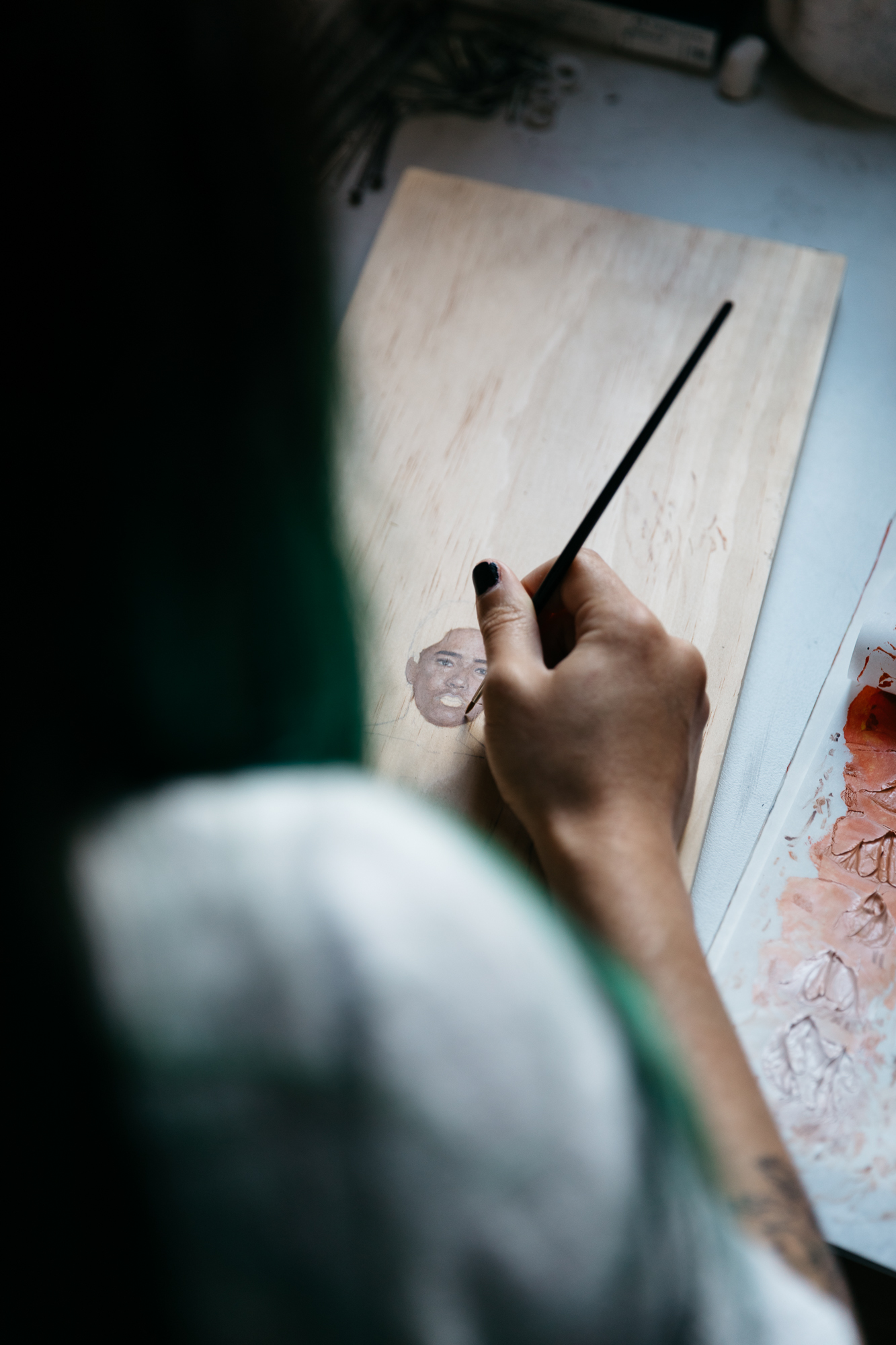
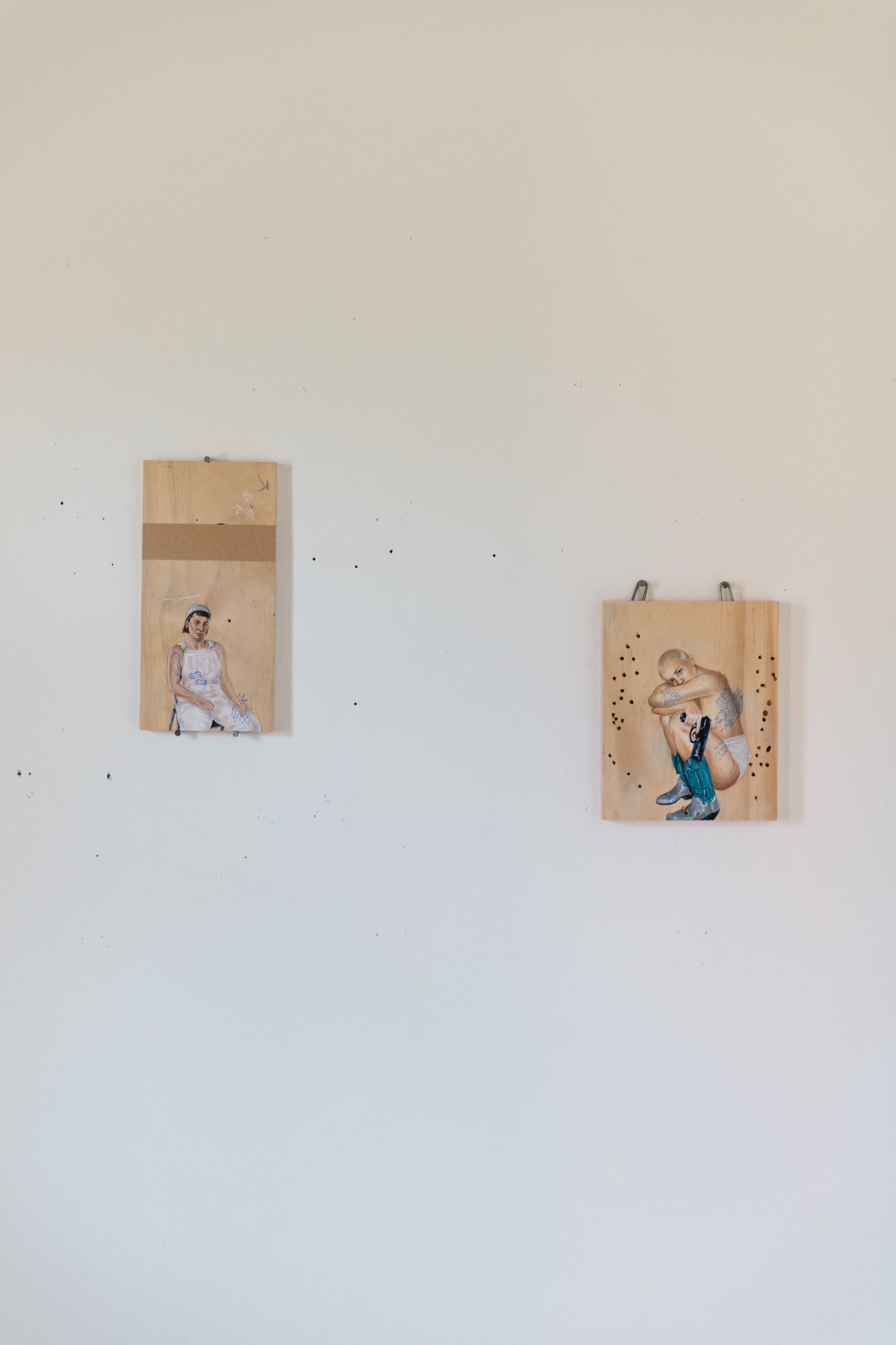
“It should be a given that every time you go and get a tattoo you can trust your artist and feel safe, but there are still so many artists working in Australia and across the world who don’t make their clients comfortable.
“People should walk into a tattoo studio and straight away feel like whoever they are and however they identify is 100 per cent accepted as soon as they enter the space. No one wants to come in and straight away get misgendered or feel objectified for their body,” she says.
With tattoos now broadly accepted in mainstream society, these conversations are more important than ever.
“I think more people just have to work within [the tattoo community] to influence the wider community for the better.”

Letti K-Ewing is a writer and critic. Her work has appeared in The Adelaide Review, CityMag and Fest.
lettikewing.com